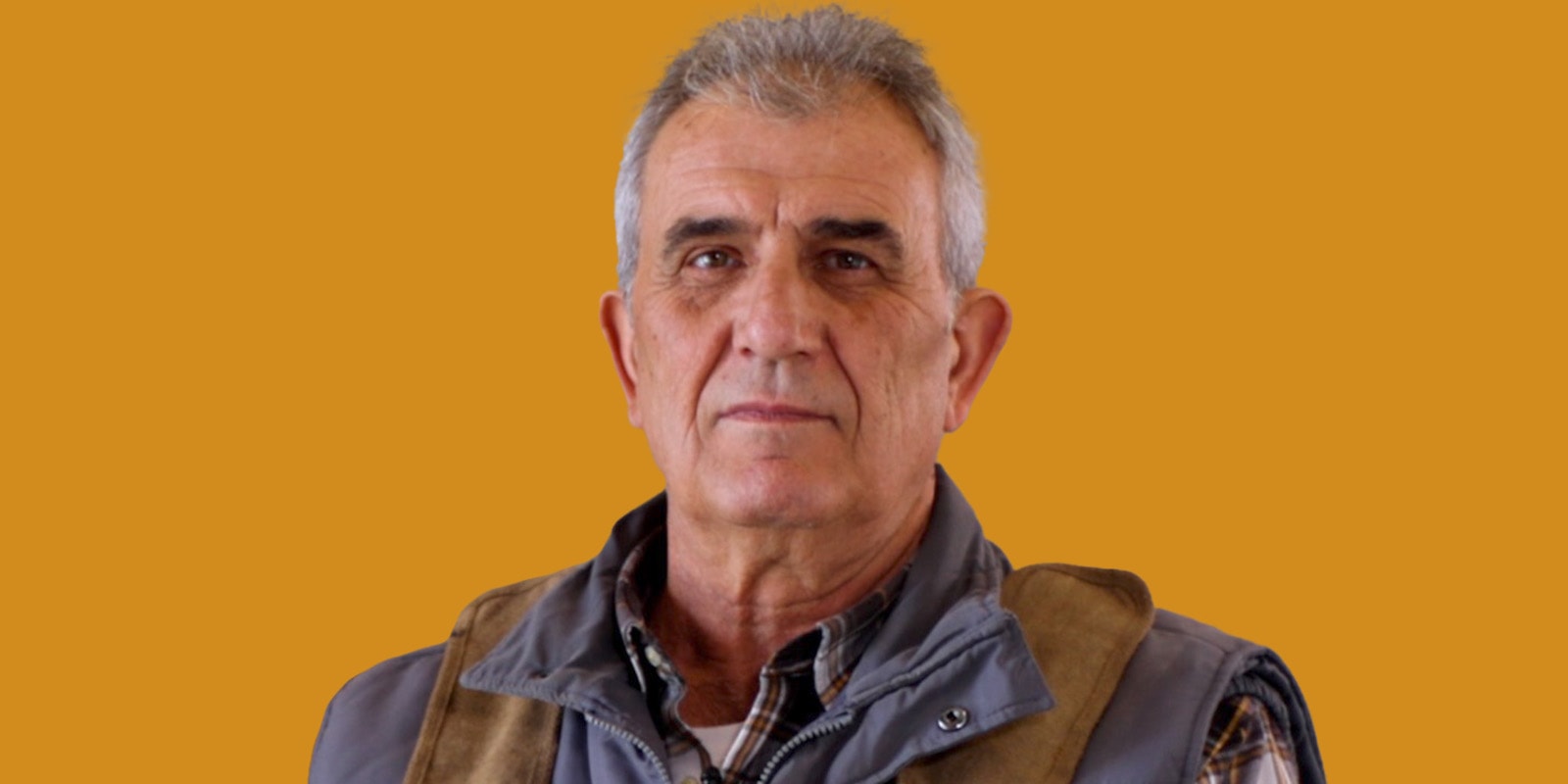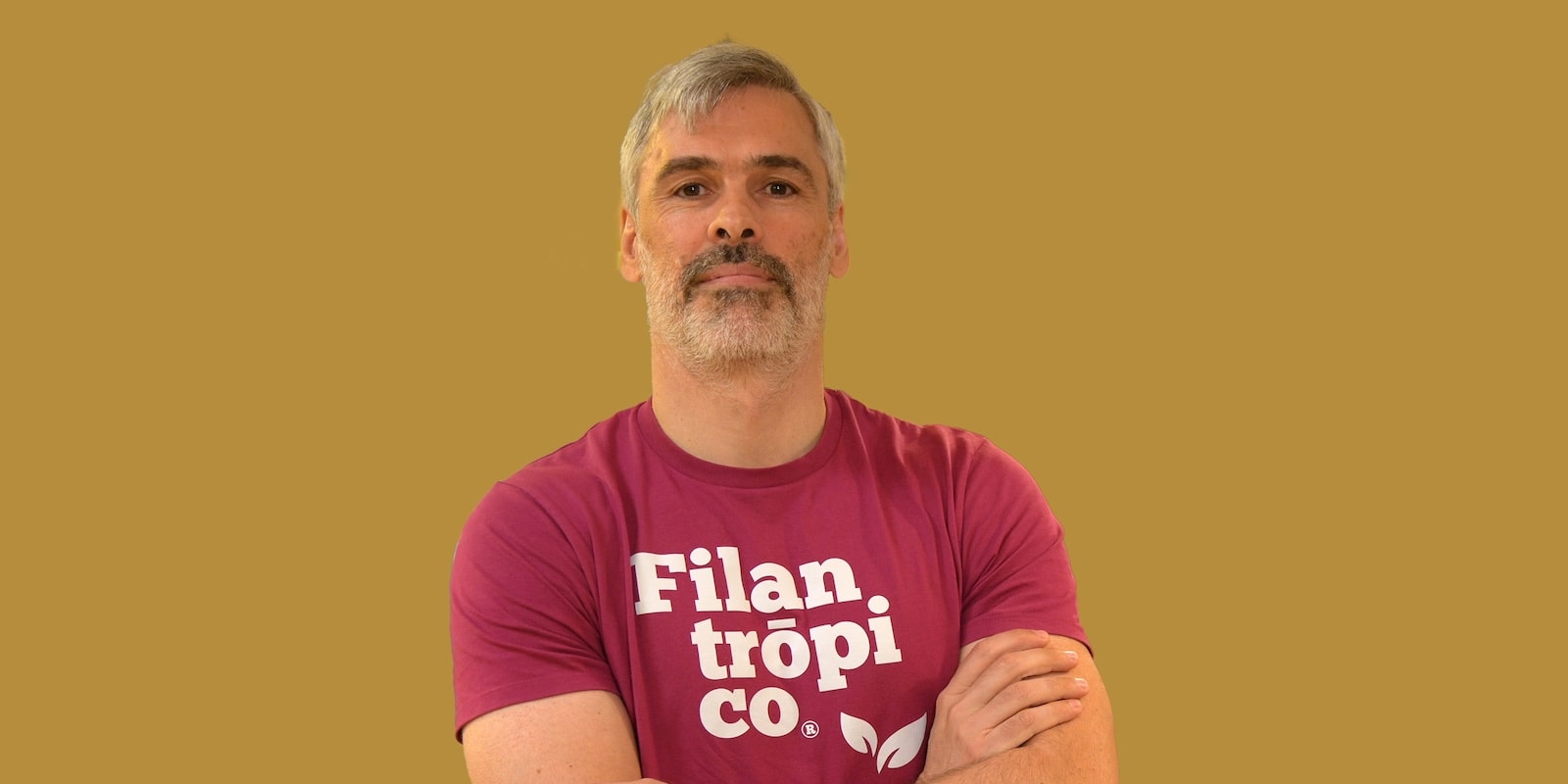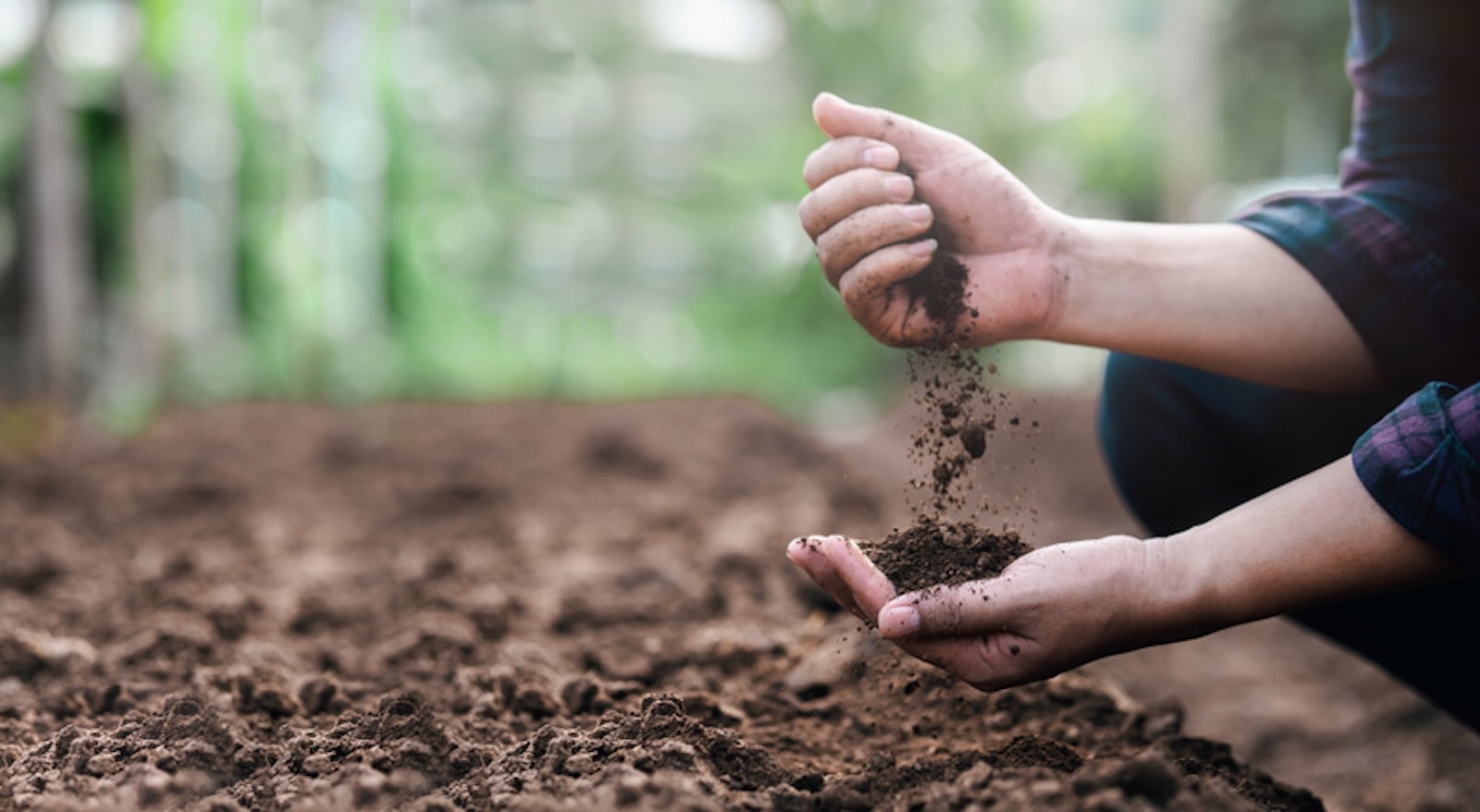Tuesday, May 6, 2025
More than 180 million olive trees cover the landscape of Andalusia, and one out of every three is rooted in the province of Jaén. The fruit of these trees is used to produce olive oil—an essential component of the rich Mediterranean diet—which is why Jaén is often referred to as the capital of 'liquid gold,' contributing 20% of the world’s total production.
Juan Manuel Molina is an expert in crafting the wood of the olive tree, specifically in Torreperogil, Jaén, where he founded his private workshop, El Arte del Olivo. For decades, Juan Manuel has studied the characteristics of olive wood, transforming discarded pruning remains into handcrafted pieces that honor the land’s heritage as well as promote the circular use of natural resources.
After a career dedicated to training as an industrial master, Juan Manuel began exploring olive wood as a raw material for design. When did you first realize this could be something special?
Well it was a bit of accident. I had seen the remains of pruning that are usually used for burning in the fire, but one day I accompanied a friend to cut some logs to remove a foot from each olive tree. I then saw how different they were from branches. The scent, the color, the hardness of the wood was stunning. It really grabbed my eye. So I bought the wood from him, and that’s how I started making things.
How has the evolution of the workshop 'El Arte del Olivo' been?
At first, working with olive wood waste was a something of a hobby. The first things I designed were mostly cooking utensils, which I put up for sale online, and they were surprisingly well received. That's why we first created a blog, then a website, and in the end, we've been running this family project, 'El Arte del Olivo', for fifteen years now.
What volume of olive pruning wood in kilograms do you use each year?
Every year, here in Jaén, and in my village, Torreperogil, olive trees need to be pruned. And those remains that we collect, which are the largest, range from around 15,000 to 40,000 kilograms annually.
After collecting the wood, this raw material has to go through a drying and curing treatment before starting the artisanal process. How much time can pass from pruning until it’s ready for the workshop?
When we're talking about trunk form, the drying and curing process can take around four to five years. For boards that are about five centimeters thick, the wait time drops to about three years, and for thinner pieces (around two centimeters), we can start working with them after just two years.
What kind of items do you create in your workshop?
At ‘El Arte del Olivo’, we make a bit of everything: from the smallest objects to large statement pieces, like three or four-meter-long tables. We have a wide range of products and custom solutions on offer; many customers come to us with specific requests: Small musical instruments, household products, we even recently made the entire dashboard of a car with over twenty pieces.
What makes olive wood different from other types of wood?
Olive wood doesn’t typically grow in large, straight trunks. It’s a tree that’s pruned often, so its logs are full of natural scars. This gives the wood a unique beauty, but also makes it more challenging to work with. Unlike pine trees, which can have straight, six-meter logs that are easy to cut and shape, olive wood has twists and uneven grain patterns. It may be trickier to handle, but the final result is always more striking.
What type of information can be extracted from the log of an olive tree?
Olive wood carries a lot of history; not just its age, but everything the tree has lived through. I’ve come across hunting pellets embedded in its wood, and there are trees over 300 years old whose wood tells the story of everything they've gone through. Moreover, the olive tree never truly dies; even if you cut it down at the root, it regenerates. A new trunk always finds its way back to life.
In addition to giving new life to pruning waste, how do you implement circular economy in your workshop to create pieces under the prism of sustainability?
We never throw anything away. Even the smallest leftover pieces are glued together in what we call gualdrapeado—a patchwork of pieces combined in no particular order to form blocks that we then use to make chopping boards, trays, or even jewelry. We also use the sawdust to create natural compost, and we grind olive pits to integrate them into certain designs. The treatments on our products are 100% natural—based on olive oil and beeswax.
Do you think the end customer appreciates the craftsmanship of the product compared to others created on an industrial scale?
No doubt about it. Every time we invest in a new idea and see that it works, it’s deeply rewarding. People genuinely appreciate the handcrafted process behind the product and the care that goes into making it. In fact, around 80% of our first-time buyers come back for more, because the experience is completely different. Industrial products lack soul. There’s something special about touching a handcrafted item, as it really connects you to nature. Even something as simple as a pipirrana salad, typical from this region, doesn’t taste the same in a plastic bowl as it does in one made of this wood.
On an end note, how does 'El Arte del Olivo' contribute to the protection of this tree, the quintessential icon of the province of Jaén?
I believe it’s important to recognize the value of our work. The easiest thing would be to burn the pruning waste, but if we can give that wood another hundred years of life, it's wealth that reaches our province and people.
¿Te ha parecido interesante?





